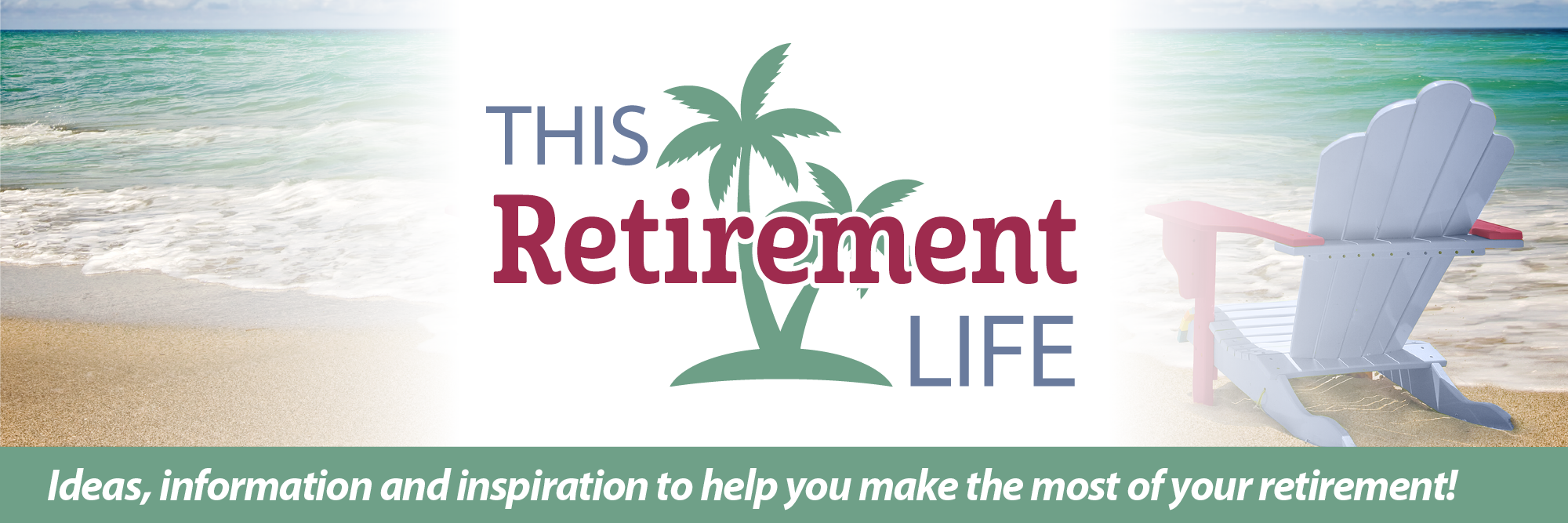Whether you are saving for a future retirement or already retired, the rules for IRAs and some other retirement savings accounts have changed recently. These changes are especially noteworthy if you are subject to taking Required Minimum Distributions (RMDs) from your retirement accounts, or if you give regularly to charity. Read on for the details you need to know.
The U.S. Congress passed the Secure Act 2.0 toward the end of December as part of a year-end spending bill. It enhances the original Secure Act, passed in late 2019. One of the key provisions of the original Secure Act was to raise the age at which retirement plan participants were required to start making withdrawals (RMDs) from 70 1/2 to 72. It also mandated that anyone other than a spouse who inherits an IRA must empty the account in 10 years or less.
What Secure Act 2.0 Means for You
The Secure Act 2.0 expands on the original act and will benefit most people who are currently saving for retirement or are already retired. Here are some of the ways the legislation impacts retirement planning:
- Secure 2.0 once again pushes out the age at which senior adults must begin withdrawing money from their retirement plans, including IRA and 401(k) plans. Beginning this year, the age at which Required Minimum Distributions must start increases to 73. It will increase to age 75 a decade later, in 2033. This change is in recognition of the fact that more seniors are working (and living) longer. As before, seniors may begin withdrawing money penalty-free from most qualified retirement accounts as early as age 59 1/2, but many prefer to delay as long as possible if they are still working or do not need additional income. You may want to talk with your tax advisor about when it makes sense to start making withdrawals, since all withdrawals from traditional IRAs and 401(k) plans are taxable, regardless of your age. If you are still working, it is usually better to delay starting retirement-plan withdrawals as long as possible for tax purposes. By the way, it’s worth noting that these new rules apply only to traditional IRA and 401(k) plans, not the newer ROTH retirement accounts. Since ROTH IRA and 401(k) plan investors do not receive an upfront tax break when making contributions, withdrawals during retirement are not taxable. Most current retirees from the Boomer generation hold all or most of their retirement savings in traditional IRA and 401(k) accounts.
- Another welcome change regarding Required Minimum Distributions is that the penalty for failing to take an RMD on time decreases from 50 percent to 25 percent. This will ease the pain for IRA, 401(k), and other qualified retirement plan account owners who miss this key deadline. Even better, the penalty drops to only 10 percent if you complete the missed RMD promptly, by the end of the second year following the date it was due.
- Those with traditional IRA or 401(k) accounts get an improved method for reducing their annual RMDs, lowering the RMD tax, and ensuring more retirement income later in life. Qualified Longevity Annuity Contracts, or QLACs, are not new but the Secure Act 2.0 makes them more attractive. With a QLAC, you can transfer a portion of your IRA or other qualified retirement plan to a deferred income annuity. For instance, at age 60 you could transfer a portion of your IRA to a QLAC that will begin paying you retirement income at age 75. Previously, you could only invest up to $145,000 from your IRA or 401(k) in a QLAC; the new law raises the amount to $200,000. It also eliminates a previous restriction of only being able to invest up to 25 percent of your IRA or other qualified retirement plans in a QLAC.
Benefits If You’re Still Working
The Secure Act 2.0 makes saving more in your retirement plans in your final years of work easier. The annual contribution limit into IRAs (for 2023) is $6,500 for all workers, but for those age 50 and over, catch-up provisions allow you to contribute up to $7,500 annually. Under Secure 2.0, this catch-up provision will be indexed to inflation, meaning the amount will likely rise each year. The new law also increases catch-up provisions for certain workers in their early 60s who contribute to workplace-sponsored retirement plans.
New Opportunities for Older Charitable Givers
While Secure Act 2.0 is primarily about retirement plans, it introduces an appealing new charitable giving opportunity for people age 70 1/2 and over. Senior adults with Individual Retirement Accounts may take advantage of a one-time opportunity to gift up to $50,000 from their IRA to charity through a charitable gift annuity, charitable remainder unitrust, or charitable remainder annuity trust. These annuities or trusts all provide lifetime income to the IRA owner or the IRA owner and a spouse, with residual amounts going to charity after the passing of the IRA owner (and spouse where applicable). The gift is counted as a Qualified Charitable Distribution, or QCD.
To illustrate, let’s say a donor age 75 wants to gift $50,000 from her IRA to a charity. If she doesn’t need more retirement income now, she could make a Qualified Charitable Distribution from her IRA, giving the charity immediate use of the money to support their mission. Alternatively, if she needs more income while living, she could take advantage of this new provision and gift $50,000 to charity from her IRA as a charitable gift annuity. At current rates, she would earn $3,300 annually for life from this annuity, equivalent to a 6.6 percent annual return. After her death, the designated charity would receive the residual value of the annuity.
Read the Full Act
This article summarizes the highlights of Secure 2.0, but for those who want to know all the details, you can visit this link to read the full law. Business owners and those who oversee qualified retirement plans for their employers will want to pay special attention to the changes in the new law that impact employer-sponsored qualified retirement plans.








